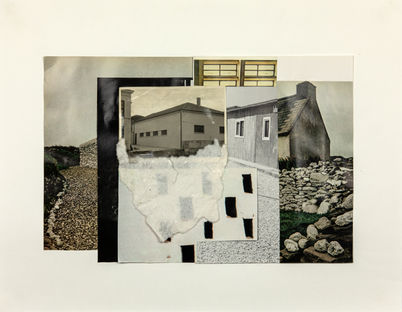özge enginöz
Born in Balıkesir in 1981, Özge Enginöz is an alumna of Yıldız Technical University's Faculty of Art and Design, where she studied Composite Arts from 2004 to 2010. During her university years, she participated in workshops in Austria and Bulgaria and was part of Istanbul's 2010 European Capital of Culture project under Remo Salvadori, as part of the "Living and working in Istanbul" project, Concurrently, she collaborated with artist Irene Paetzug in Germany and took part in the artist’s performance with Valentin Hertweck at Gitte Weise Gallery in Berlin. Post-graduation, she was selected for a two-year workshop program at the Borusan Art Center in Istanbul between 2011 and 2013. Enginöz has held six solo exhibitions in Istanbul and participated in various residency programs and workshops both locally and internationally.
In her multidisciplinary practice, spanning painting, sculpture, ceramics, and video, collage forms the foundation of Enginöz's work. She also extends this technique onto canvas, integrating it with ready-made objects and three-dimensional images. Recently, her work has focused on the concept of "damage," exploring themes like physical damage, wounds, permanent scars, burning, destruction, deterioration and ashes through surfaces and materials.
"And when everything else is gone, you can be rich in loss.” R. Solnit
My canvas series works that disappear over time are a continuation of my collage series that I produced after the pandemic. In my recent works on the theme of "damage", I have focused on physical damages, wounds, permanent scars, the results of processes such as burning, destruction, deterioration, and ashes through surfaces and materials. After the pandemic, I also worked on the concepts of roots, belonging, beliefs and concepts loaded with deep existential significance.
In my paintings, in which I examine the relationship we establish with the house, the meaning and memory of the house, the unity of our body with the house and its corners, I wanted to show that the house is a state of mind rather than a landscape. The fact that the house expresses interiority even if it consists only of the exterior, beyond being the place where vision and memory begin, symbolises the transience and fragility of our lives, while at the same time representing a unifying power for our dreams and memories.”











